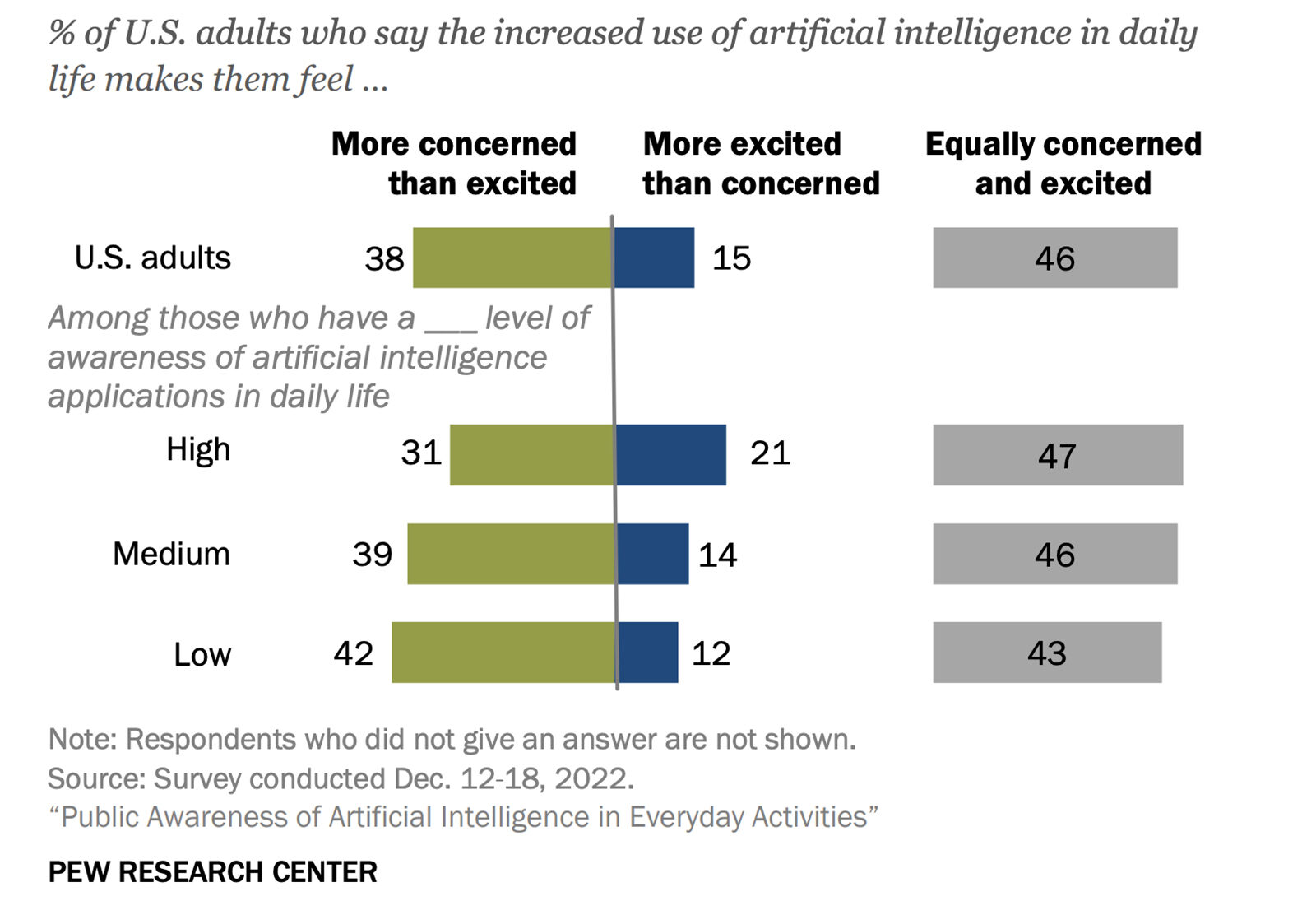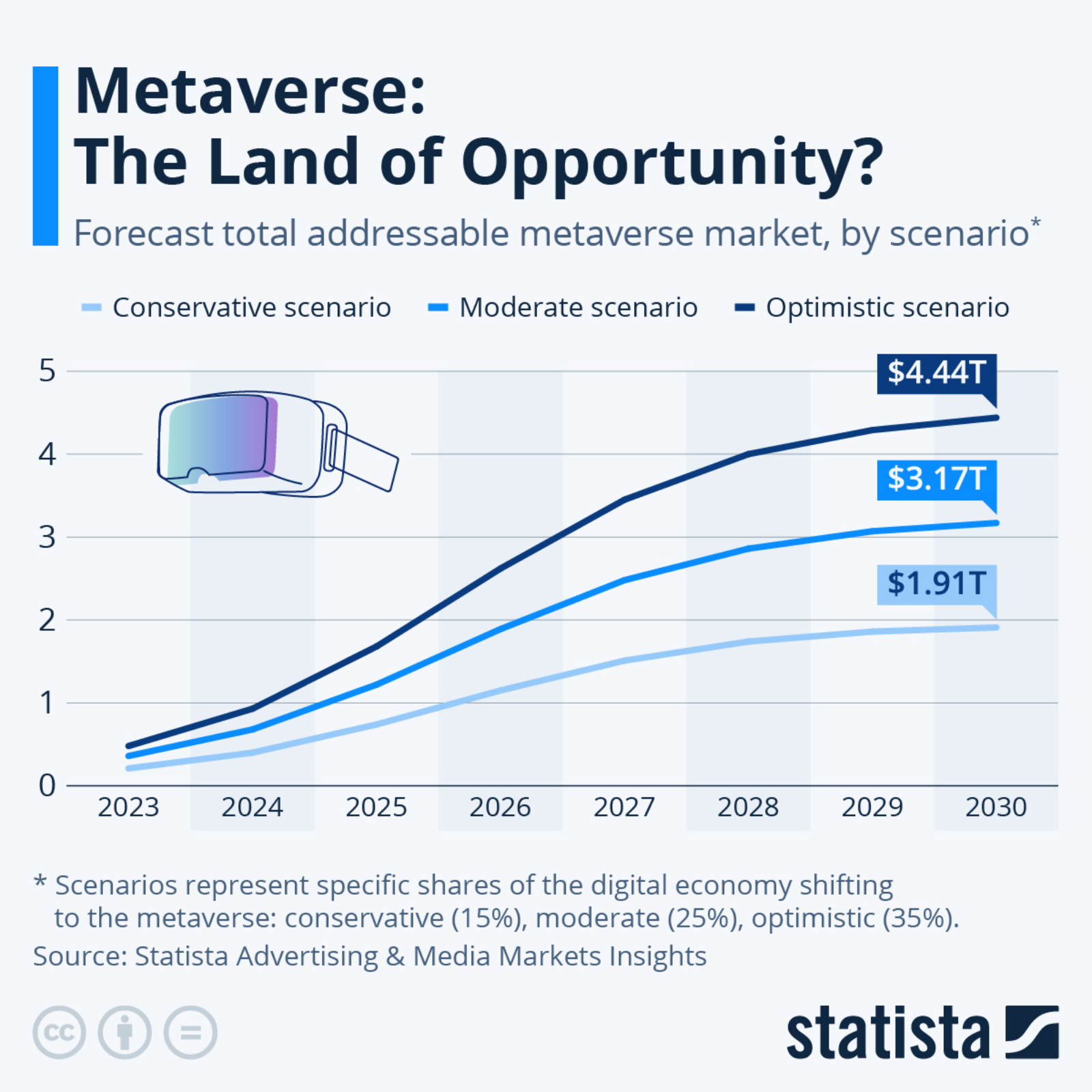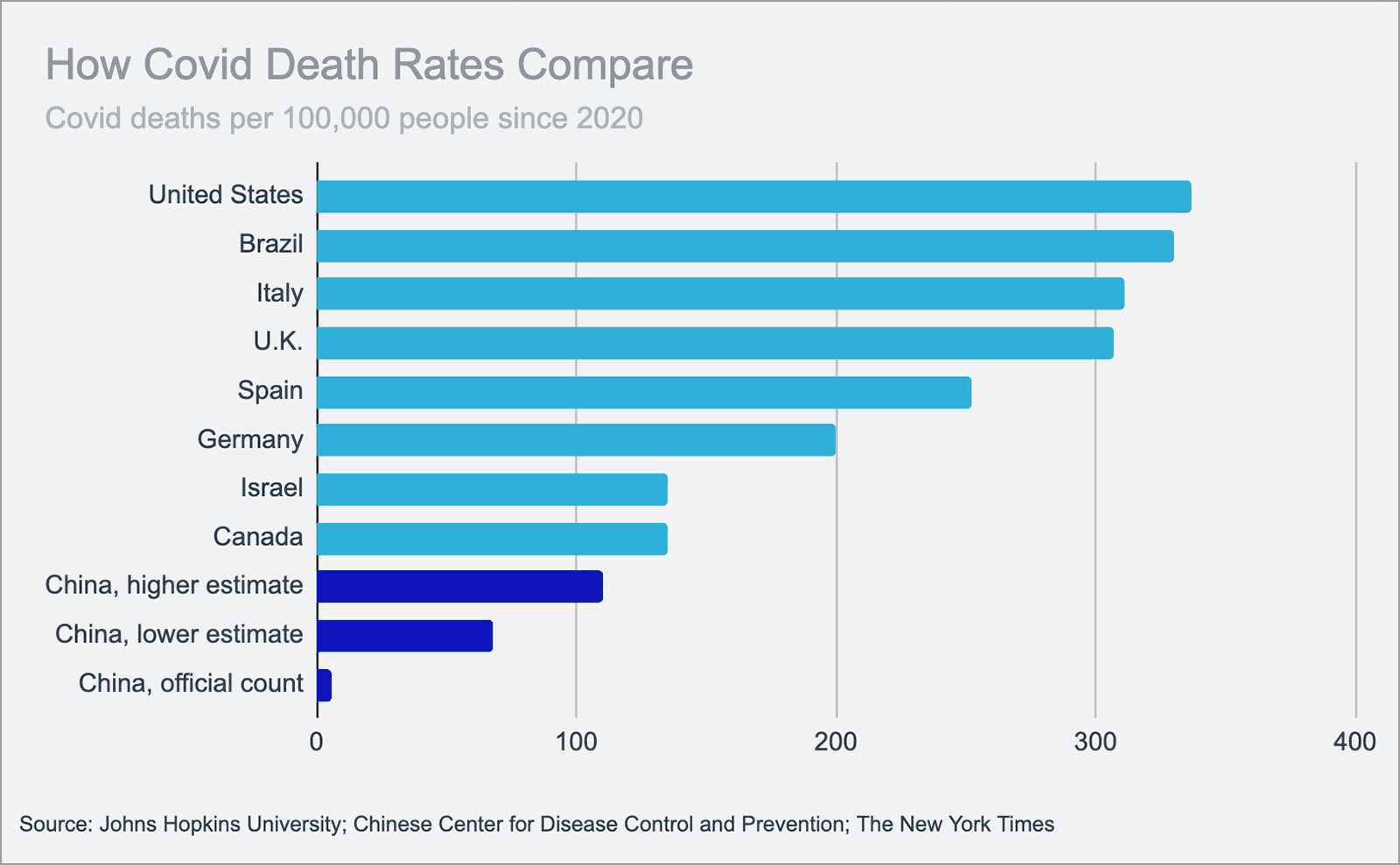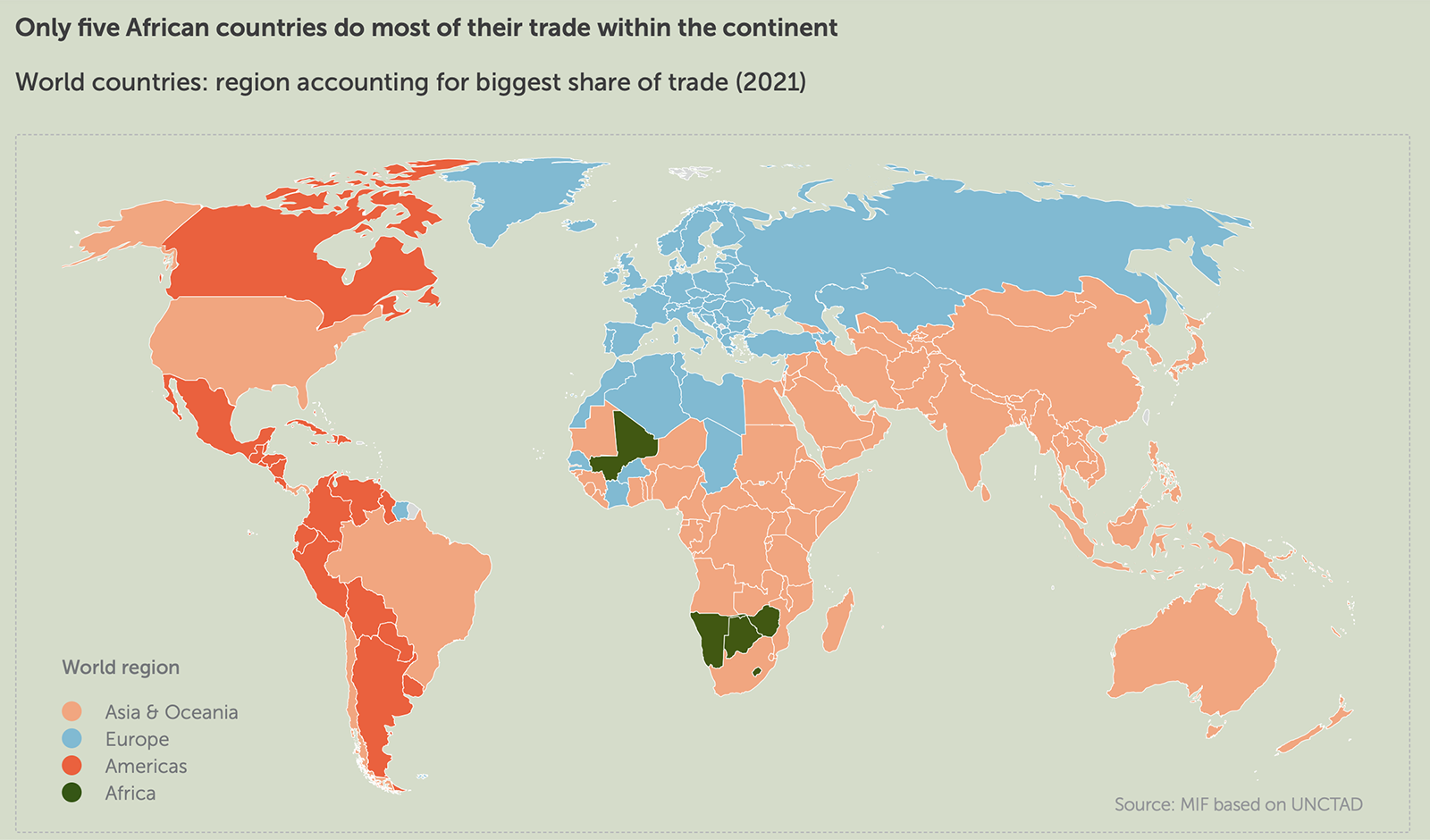Developing Countries Fight For Climate Compensation
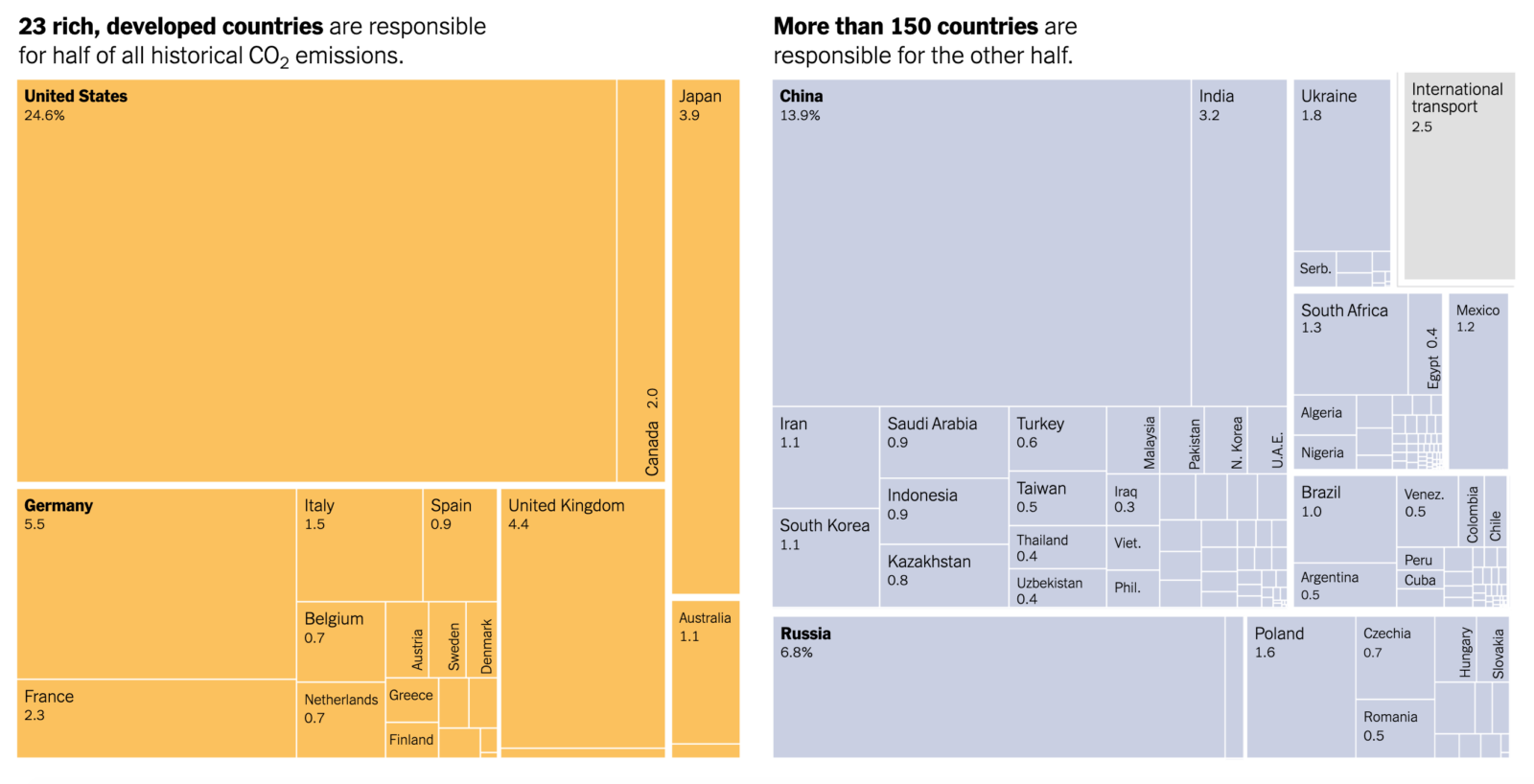
Note: The rich, developed countries group is based on the United Nations’ Annex II definition. International transport is not counted as part of either group’s total emissions. The data reflects territory-based carbon dioxide emissions from fossil fuels and cement, but does not include land-use and forestry. The graphic shows emissions from countries and territories.
Countries on the front lines of climate change are fighting for a “loss and damage” recovery fund at this week’s COP27 climate summit in Sharm el-Sheikh, Egypt, which would compensate them for natural disasters. Leaders from developing countries that have been the worst impacted by global warming, while contributing the least emissions — including Pakistan, Egypt, and Barbados — are asking developed, high-emissions countries to pay for their climate damages. In response, leaders from Austria, Ireland, Scotland, Germany, Belgium, and Denmark pledged millions of dollars in funding.
The debate over who will pay the skyrocketing bill for climate damages isn’t new — the idea was first proposed in 1991, by Pacific island nation Vanuatu. But this is the first year the issue has been put on the official COP agenda. That may be because of the rising amount of research quantifying who is responsible for climate change. That includes data showing that 23 rich countries are responsible for 50% of all carbon dioxide emissions since 1850 (vs. the 150 countries responsible for the other half). Studies also model how climate-related deaths will increase more rapidly in poorer countries than wealthier ones.
The issue has become a matter of urgency: on the first day of the summit, the World Meteorological Organization reported that the last eight years are on track to be the hottest ever recorded.


